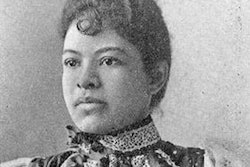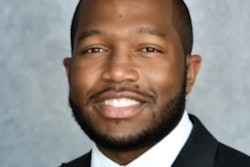
Though it isn't required for practice in most states, postgraduate dental training has grown significantly in recent years. Researchers discussed what the trend means for the field of dentistry in an ADA Health Policy webinar held on September 28.
The webinar, titled "Who Goes Into Postgraduate Dental Training and What Do They Do After?" was led by Dr. Beth Mertz of the University of California, San Francisco. Mertz discussed the findings of two recent studies conducted by her team that analyzed the individual, educational, and policy factors that predict dentists pursuing postgraduate dental training and the practice patterns of postgraduate-trained dentists.
More than three-quarters (77%) of residency slots were in primary care, and 56% of primary care slots were held by women. Black, Hispanic, and Asian dentists were more likely to go into primary care training compared to white dentists.
"It is possible that white men may be more likely to be legacies, meaning that they have a practice waiting for them after graduation and do not need additional training in primary care specifically," Mertz said.
Additionally, primary care training was predicted by having a predoctoral grant from the U.S. Health Resources and Services Administration (HRSA), an affiliation with an academic medical center, and attending a historically Black university. The strongest predictor of attending primary care training at the policy level was a residency requirement mandated by state and federal policies.
"We know the growth of postgraduate training programs is more recent, and that is concurrent with the diversification of the dental school population," Mertz said.
The study also analyzed practice patterns related to caring for underserved populations. Of all race and gender combinations, white female dentists were the most likely to serve Medicaid children. Compared to practice owners, foreign-trained dentists and contractors, employees, and associates were also more likely to serve Medicaid children. States with higher graduate medical education investments, higher Medicaid rates, and more generous Medicaid benefits increased the likelihood of dentists serving Medicaid children.
Similarly, states with more expensive Medicaid benefits increased the likelihood of dentists working in a federally qualified health center (FQHC). Black women and dentists practicing in rural or high-poverty communities were found more likely to work in a FQHC.
The findings were published in two articles: "Trends in Postgraduate Dental Training in the United States" and "Practice Patterns of Postgraduate Trained Dentists in the United States." Both articles were published on September 27 in the Journal of Dental Education.
Both studies gathered data from individual records in the 2017 ADA Masterfile, which includes all licensed dentists in the U.S. General logistic models were used to predict attending any postgraduate dental program, primary versus specialty care, dentists serving Medicaid children, accepting new Medicaid patients, and working in a FQHC.
While the industry is changing as a new generation of dentists emerges, "oral health equity cannot be achieved without increasing dentist workforce diversity," Mertz concluded.



















